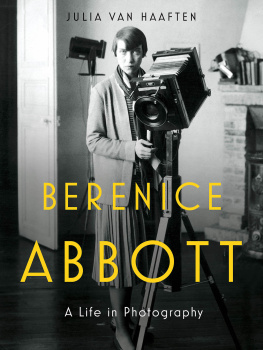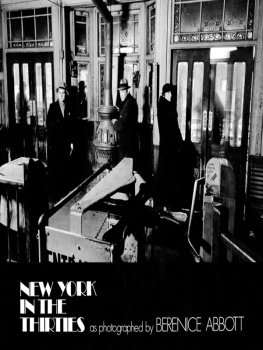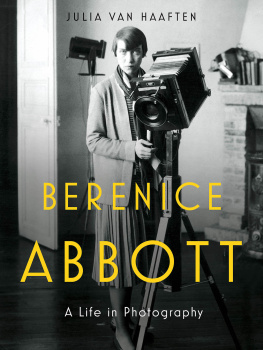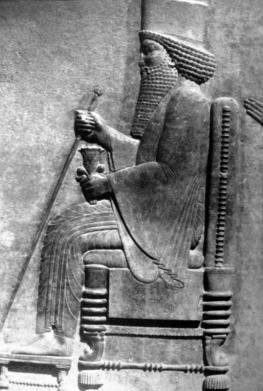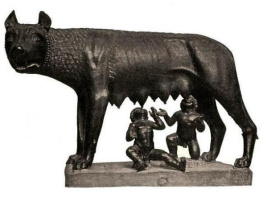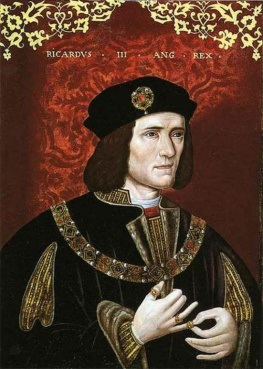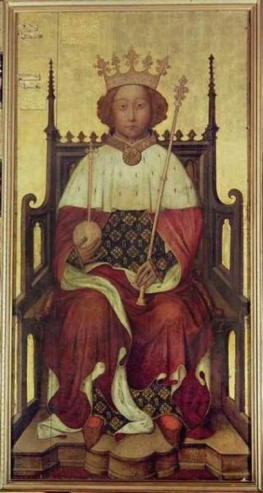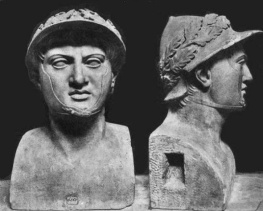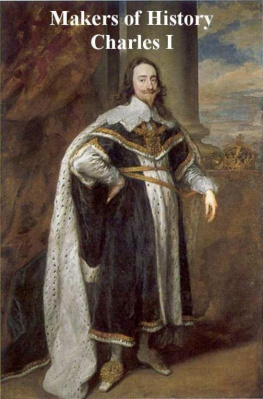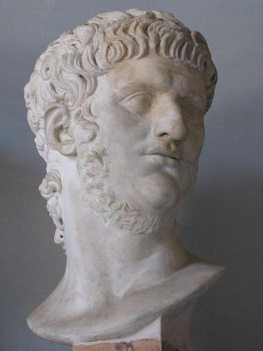
ALSO BY JULIA VAN HAAFTEN
From Talbot to Stieglitz: Masterpieces of Early Photography from the New York Public Library
Berenice Abbott, Photographer: A Modern Vision
(editor)
Aperture Masters of Photography: Berenice Abbott
(revised edition)
The View from Space: American Astronaut Photography, 1962 1972
(with Ron Schick)

BERENICE
ABBOTT

A LIFE IN PHOTOGRAPHY
JULIA VAN HAAFTEN

Copyright 2018 by Julia Van Haaften
All rights reserved
First Edition
For information about permission to reproduce selections from this book, write to Permissions, W. W. Norton & Company, Inc., 500 Fifth Avenue, New York, NY 10110
For information about special discounts for bulk purchases, please contact W. W. Norton Special Sales at specialsales@wwnorton.com or 800-233-4830
Book design by Chris Welch Design
Production manager: Julia Druskin
JACKET DESIGN BY PLOY SIRIPANT
JACKET PHOTOGRAPH GAMMA-KEYSTONE / GETTY IMAGES
The Library of Congress has cataloged the printed edition as follows
Title: Berenice Abbott : a life in photography / Julia Van Haaften.
Description: First edition. | New York : W.W. Norton & Company, 2018. | Includes bibliographical references and index.
Identifiers: LCCN 2017056400 | ISBN 9780393292787 (hardcover)
Subjects: LCSH: Abbott, Berenice, 18981991. | PhotographersUnited StatesBiography. | Photography, Artistic.
Classification: LCC TR140.A25 V36 2018 | DDC 770.92 [B]dc23
LC record available at https://lccn.loc.gov/2017056400
ISBN 978-0-393-29279-4 (e-book)
W. W. Norton & Company, Inc., 500 Fifth Avenue, New York, N.Y. 10110 www.wwnorton.com
W. W. Norton & Company Ltd., 15 Carlisle Street, London W1D 3BS
To artists and inventors, everywhere.
ON BIOGRAPHY
There are so many hidden corners in your life I could never write one of you. ELIZABETH MCCAUSLAND (1959)
I usually say something foolish and then its printed. People are too complex to know anything about. BERENICE ABBOTT (1986)
ON PHOTOGRAPHY
The quality most essential in a photographer is a good eye. EDNA BENNETT, MANAGING EDITOR, U. S. CAMERA
A good I.Q. ELIZABETH MCCAUSLAND, REPLYING TO EDNA BENNETT (1944)
Some time ago, I decided for myself that the inherent value of photography is realism . BA (1946)
Goethe said itFew people have the imagination for reality. Photography doesnt teach you to express your emotions; it teaches you how to see. BA (1980)
CONTENTS
Photography is the most modern of the arts. It is more suited to the art requirements of this age of scientific achievement than any other. Photography born of this age of steel seems to have naturally adapted itself to the necessarily unusual requirements of an art that must live in skyscrapers.
ALVIN LANGDON COBURN
I ts twilight in late December 1932. Thousands of streetlights and office windows blaze in electrified concert for a scant half hour between the winter-solstice sunset and the lights-out, five oclock end of the office workers day. Just weeks earlier, after three crushing years of the Great Depression, fear-defying FDR had won the presidency by a landslide. Optimism was in the air.
High up in the northwest corner of the new Empire State Building, thirty-four-year-old Berenice Abbott aims her bulky wooden view camera at the exuberance belowthe glittering, boundless cityscape of
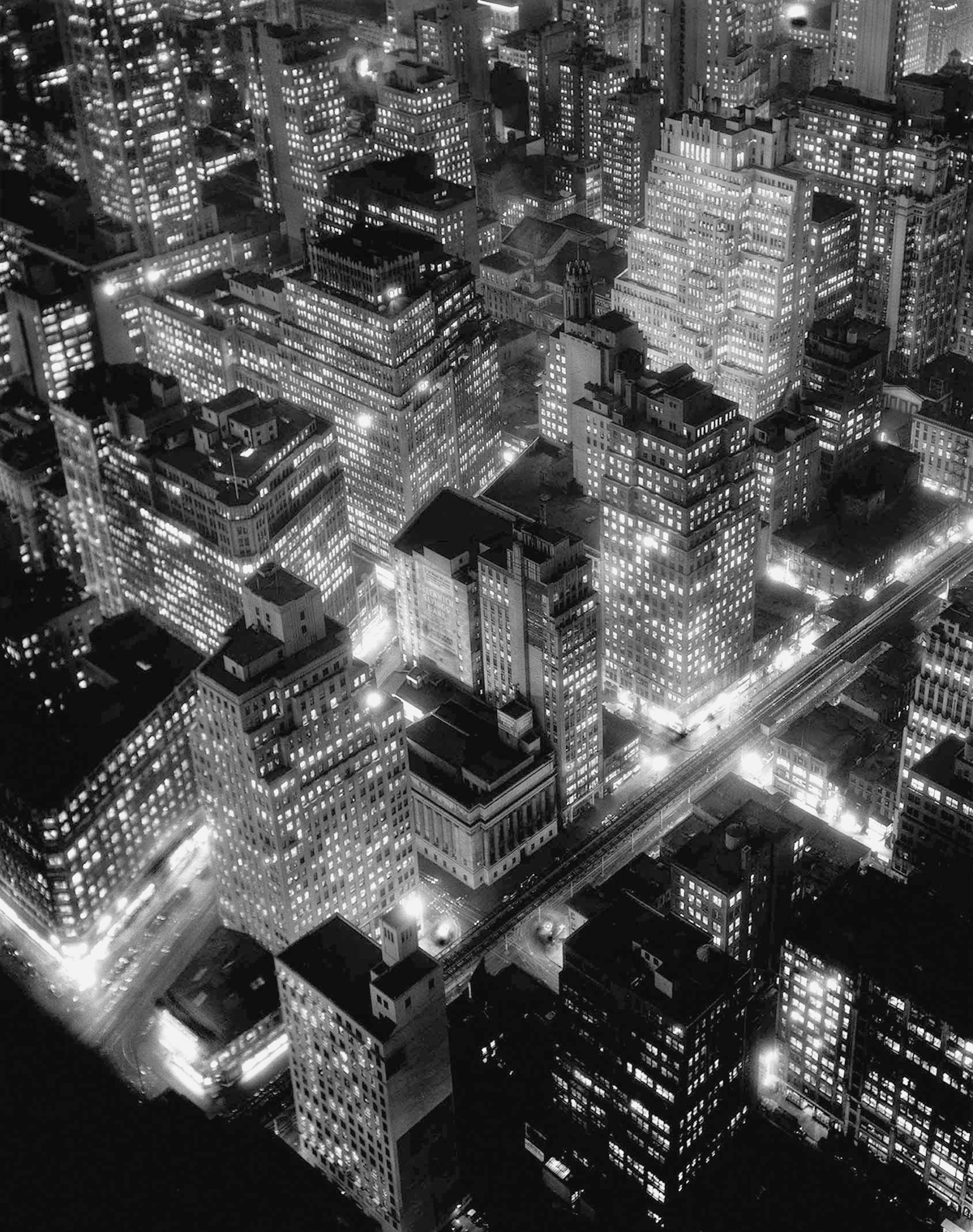
Night View (also entitled, variously, Skyscrapers by Night ; Night View, New York ; and New York at Nigh t ), December 193233. Berenice Abbott
Shortly before she took Night View , Berenice vowed to rip to pieces any picture she caught herself making arty. She held that subject matter creates form but scorned random, meaningless photographsof some spit on the sidewalkjust to make a big design. Her Night View is utterly realistic in the documentary sense: Its streets are mappable, its buildings anchored in time. Yet it remains her most sublimely expressive arty image, its luminous beauty offering a fairylike ethereality. She bristled at the notion of emotional photographs, but Night View makes us feel what she saw.
Teaching this artistic paradox, the style now called documentary modernism, Berenice required her technically capable students to summon a creative emotion. Unless you see the subject first, you wont be able to force the camera to see the picture for you, she wrote in 1941. But if you have seen the picture with your flexible human vision, then you will be on the road to creating with the camera a vision equivalent to your own.
Introspective all her life, Berenice was never so forthcoming as when she mused, in 1922, Just as a city weaves unceremoniously its design, as one form spins out of another, so a small life is governed by impressions of environments according to the degree of sensitive receptiveness. In Night View she has handed us the key to her self-image and inner life. The creative contradictions she harbored so productivelybetween classicism and romanticism, science and intuition, description and essenceare evident in that single, enduring work. The photog

BERENICE ABBOTT WAS raised without direction in a troubled family and fled her native Ohio at age nineteen for Greenwich Village, fixing her sights first on journalism and then sculpture. She fell in with older modernists including American Djuna Barnes and Europeans Baroness Elsa von Freytag-Loringhoven and Marcel Duchamp, among others, who inspired her, in the spring of 1921, to head for Paris. Two years on, she abandoned sculpture and became a darkroom assistant to her New York Dada friend Man Ray. In photography she discovered her true artistic calling and began with portraiture.
Fashionable and successful, she returned to New York in 1929 with the archive of the photographer Eugne Atget, comprising thousands of glass plates and original prints, which she had rescued. She segued to urban photography only to find her prospects dashed by the Great Depression. When the Federal Art Project, a government work relief program, provided support in 1935 for her classic documentation Changing New York , she began by photographing scenes on the Bowery, then Manhattans Skid Row. An older male supervisor warned her that nice girls didnt go there. Berenice, unaccustomed to solicitude or restriction, shot back, Im not a nice girl. Im a photographer. I go anywhere.
As the Federal Art Project wound down in 1938, she turned to visualizing the twentieth centurys salient modern subject: science. She photographed industrial subjects and devised imaging techniques before joining the Physical Science Study Committee (PSSC), based at the Massachusetts Institute of Technology (MIT), from 1958 to 1960. She also taught hundreds of students at the New School for Social Research, authored nearly a dozen books, and received four patents for photographic inventions.
Art critic Elizabeth McCausland sought out Berenice in 1934 and transformed her life. For thirty years, until McCauslands death, the two women were devoted companions and professional soul mates. In
Next page
